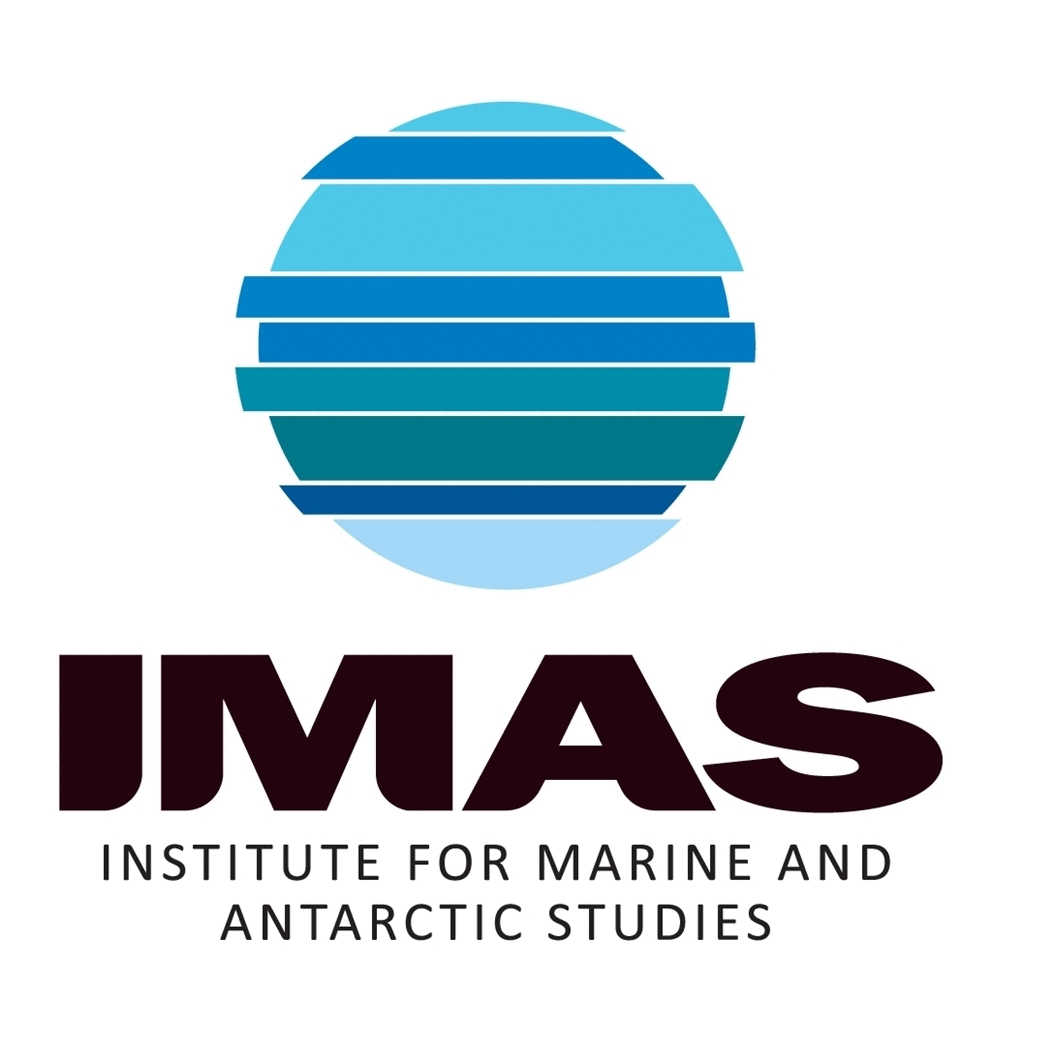EARTH SCIENCE | BIOSPHERE | VEGETATION | CHLOROPHYLL
Type of resources
Topics
Keywords
Contact for the resource
Provided by
Years
-
This record presents data used in the paper 'Controls on polar Southern Ocean deep chlorophyll maxima: viewpoints from multiple observational platforms,' Philip W Boyd 𝘦𝘵. 𝘢𝘭., submitted to Global Biogeochemical Cycles, November 2023. All methods for the following datasets are detailed and cross-referenced in the paper. Data were collected from a range of methods, including: • vertical profiles (from 1 m resolved profiling using sensors on a CTD rosette: temperature, salinity, chlorophyll fluorescence, transmissivity - all calibrated) • vertical profiles (from discrete samples collected from CTD rosette or trace metal clean rosette, for nutrients, chlorophyll, POC, dissolved and particulate iron, active fluorescence, net primary productivity, biological iron uptake) • tow-body sections (undulating tow body (Triaxus) for temperature, salinity, chlorophyll fluorescence, transmissivity (and the ratio of chlorophyll fluorescence, transmissivity) • time-series observations from a robotic profiling float (BGC-ARGO) for temperature, salinity, chlorophyll fluorescence, and transmissivity).
-
The phenotypic plasticity of habitat-forming seaweeds was investigated with a transplant experiment in which juvenile Ecklonia radiata and Phyllospora comosa were transplanted from NSW (warm conditions) to Tasmania (cool conditions) and monitored for four months. We used multiple performance indicators (growth, photosynthetic characteristics, pigment content, chemical composition, stable isotopes, nucleic acids) to assess the ecophysiology of seaweeds before and following transplantation between February 2012 and June 2012.
-
Seasonal patterns in the in situ ecophysiology of the common habitat-forming seaweeds Ecklonia radiata, Phyllospora comosa, and Macrocystis pyrifera were investigated at different latitudes and depths in southeastern Australia. We used multiple performance indicators (photosynthetic characteristics, pigment content, chemical composition, stable isotopes, nucleic acids) to assess the ecophysiology of seaweeds near the northern and southern margins of their range, along a depth gradient (E. radiata only), over a two year period (September 2010 – August 2012).
 IMAS Metadata Catalogue
IMAS Metadata Catalogue